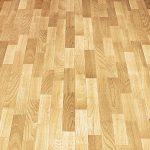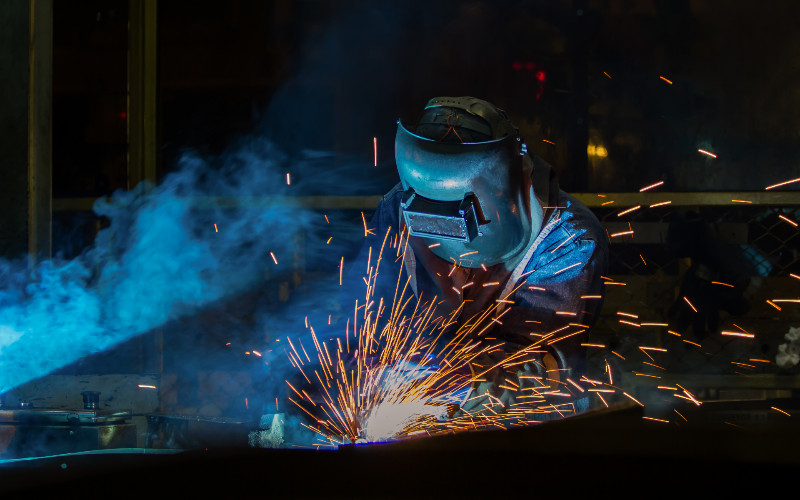Working with metal is much more complex than many people understand. Even those in industries where metal forms a part of the structure, framework or the components of their job unless they are involved in the machining and working of the part or component, they may not understand the impact of different processes on a specific alloy.
The Problem With Heat
For example, working with any type of metal or alloy under heat can cause physical changes in structure at the granular level. On the surface, the metal or alloy looks the same, but inside the granular patterns are altered, which can result in the metal or alloy becoming harder, more brittle or even to increase the internal stress.
In metals that are heated to the point of changing their characteristics at this molecular level, this stress factor can be a very big issue. It can cause warping and distortion over time or during the processing of the part or component. It can also result in the need for multiple stress-relieving processes to reverse the change, which adds to the time and the cost per unit of production.
The Cold Forming Solution
To avoid the use of heat that causes the internal changes at the granular level, cold formed parts offer the perfect option. This process uses pressure in pushing the room temperature and unheated metal or alloy through a series of dies that create a very specific shape.
To add to the value, there is very limited waste in the production of cold formed parts. Unlike machining where the surface is cut away to create the desired shape, with cold formed parts there is a very limited waste. The pressure exerted through the process pushes the unformed metal or alloy through the die, minimizing any waste and ensuring production to the exact tolerances and specifications required.






